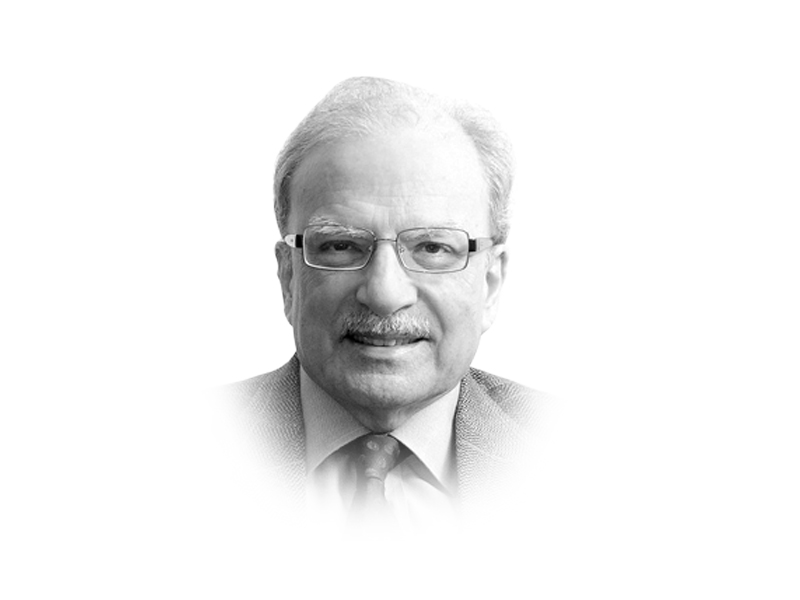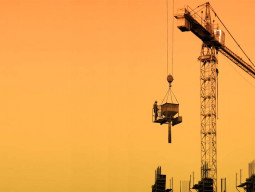
These two inward movements of people changed the ethnic, religious and economic orientation of Pakistani society. Pakistan, in 2013, is more Muslim than it was in 1947. Then, some one-third of the total population was non-Muslim. Now, the proportion is less than five per cent. The ‘Muslimisation’ of the country led to its progressive Islamisation. It also became less tolerant of religious diversity. Pakistan is also more ‘muhajir’. A significant proportion of the people in Karachi and some other cities in the country’s south, trace their origins to those who took refuge after Partition of British India in 1947. These two changes have proved to be of enormous consequence for the development of the country.
What it has done most tellingly is lead to the country’s rapid urbanisation and the extraordinary growth of what Steve Inskeep has called the instant city of Karachi in his recent book of that title. In 1947, Pakistan had about four million people living in the urban areas when it became an independent state. In 2013, 66 years later, it has 80 million urban people, 20 times as many as in 1947. All the major cities in the world have grown rapidly in the past half-century. Los Angeles has tripled in size; Houston has expanded six-fold, Istanbul is about ten times its present size, Urumqi is about 23 times more populous than the estimate for 1950. “And then there is Karachi,” writes Inskeep. “Conservative estimates suggest that it is at least 30 times larger than in 1995 — meaning that there are at least 30 residents today for everyone at the war’s end.”
Karachi did not only grow because of international migration. It also received millions of people from its own hinterland and from the country’s north and east. It is, by far, the most cosmopolitan city in Pakistan and also the one with the most pronounced mix of ethnic and linguistic groups. The fact that the city’s diverse population has learned to live in reasonable social and economic harmony is a measure of its success. The fact that the city often sees eruptions of extreme violence is an indication of its failure to govern itself. Karachi has seen more violence than other cities of Pakistan because of its diversity and also because of the inability to put in place institutions for political management. Karachi, in other words, has been both a success and a failure as a megacity.
Large scale rural-to-urban migration experienced by Pakistan inevitably changed the structure of the country’s economy. Urbanisation in a relatively poor country means the movement of people from an economy of subsistence to that of dependence. In the countryside, a majority of people produce most of what they consume. Relocated in the urban world, they have to depend upon the supply of goods and services by the formal and informal markets. In the economies where most of the demand for products and services is domestic, the service sector tends to grow more rapidly than the rest of the economy. This has happened in Pakistan’s case where well over one-half of the officially calculated value added in the economy comes from the service sector. This would not have been the case had the country’s vast majority remained rural. Also, had Pakistan focused greater attention on developing external markets for what it produces both in agriculture and industry, the gross domestic product would have expanded at a faster rate. The manufacturing sector in East Asia expanded at an extraordinarily high rate because of the external demand for its products.
Pakistan is a very different place from what it was when it was born 66 years ago. One of the changes is the consequence of urbanisation, which was different in nature and scope than in most other developing nations. How the third migration — from the country to the world outside — has influenced change in Pakistan is the subject for next week.
Published in The Express Tribune, February 18th, 2013.
COMMENTS (3)
Comments are moderated and generally will be posted if they are on-topic and not abusive.
For more information, please see our Comments FAQ




























1714024018-0/ModiLara-(1)1714024018-0-270x192.webp)









The lifeless land does not create for the rest of the world to consume, people/individuals do. There is a large enough population who can take action and take the lead; enough commenting from this nation of philosophers - do something productive and worthwhile
'Six million Hindus and Sikhs left Pakistan for India, leaving Pakistan with an addition of two million people in a population of 30 million'
Respected sir, the property that the 8 million muslims owned and left behind in india was only a fraction of the property that the 6 million hindus and sikhs left behind in pakistan. Rehabilitating them must have been an easy task, because most of them would have gained more property than they held previously.
Urbanisation is often consequential in the search of better life and the livelihood. Phenomenon of urbanisation in Pakistan dates back to its origin but the actual problem lies in management and lack of timely solution of the problem. How can mushrooming cities continue to be administered, managed and run in the absence of town planning, enhancement of basic amenities, increase in law enforcing apparatus, broadening of communication infra-structure, organized transport system, etc. We, as a nation, wait for the volcano to erupt before taking any precaution. Had urbanisation been controlled systematically not permitting growth of a city beyond certain population or the basic necessities of life increased correspondingly, story would have been different altogether............